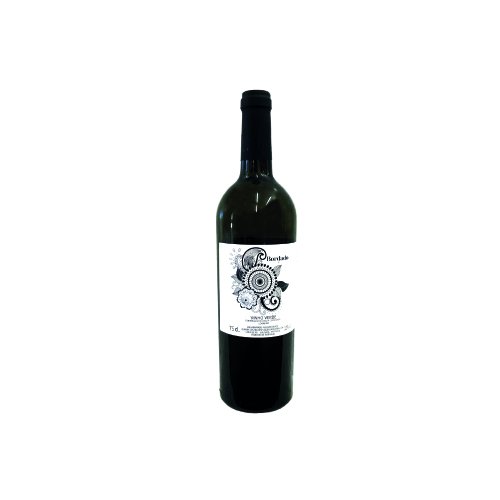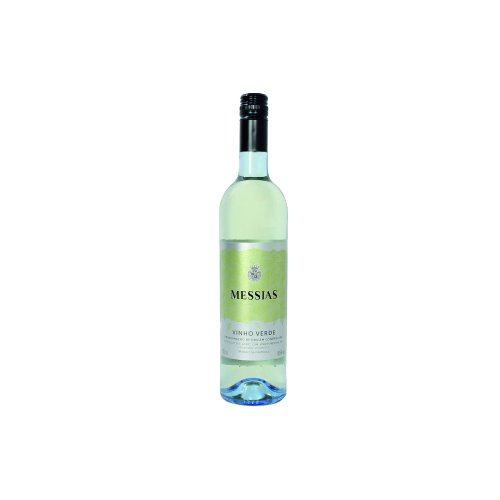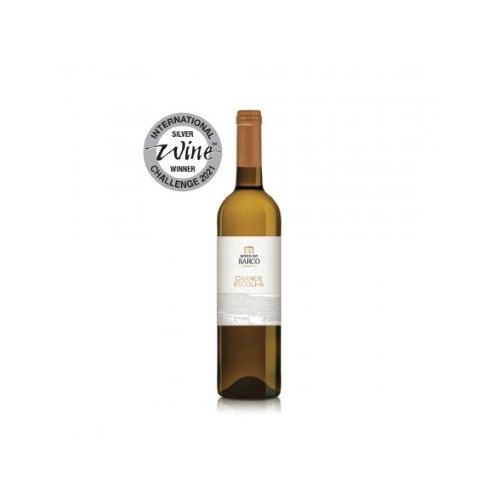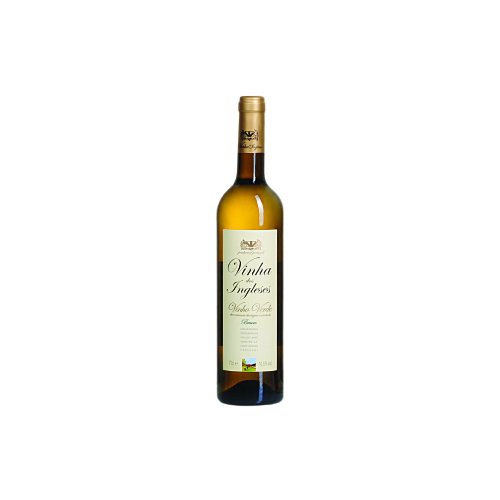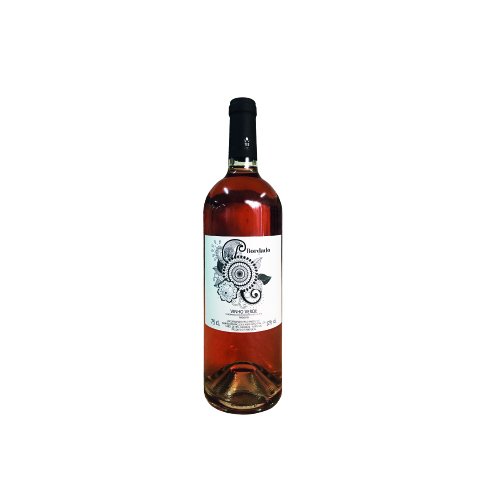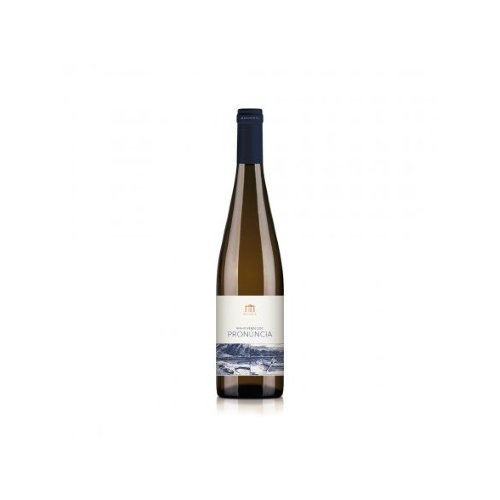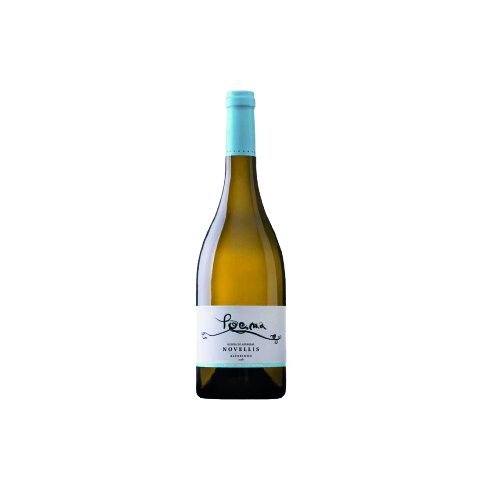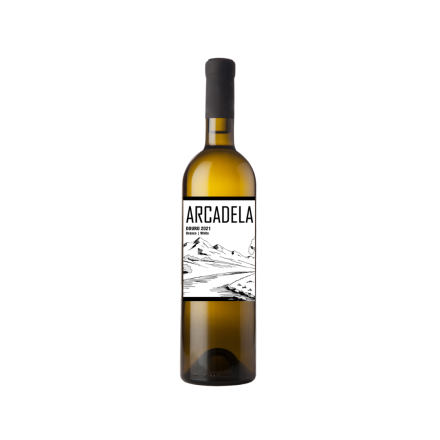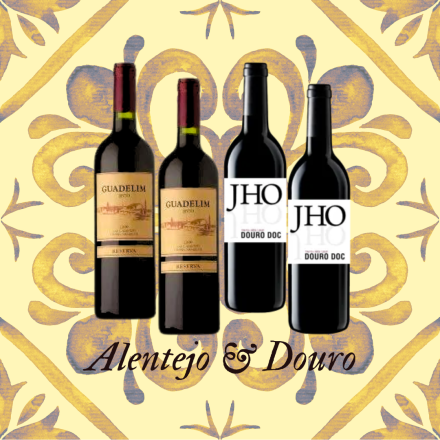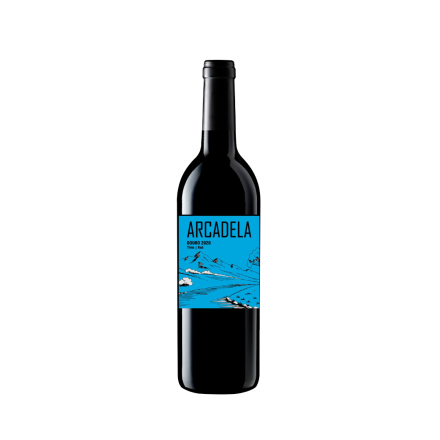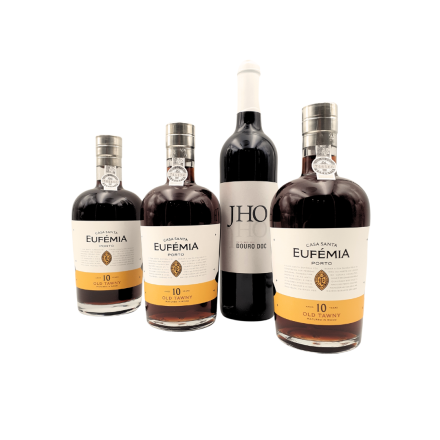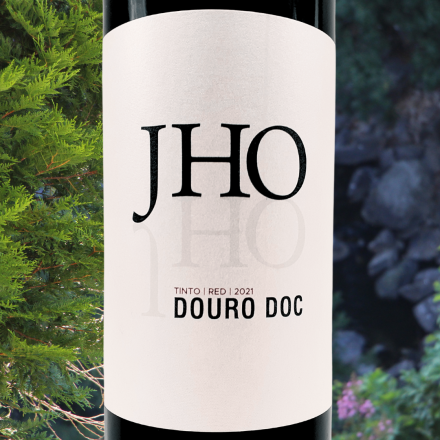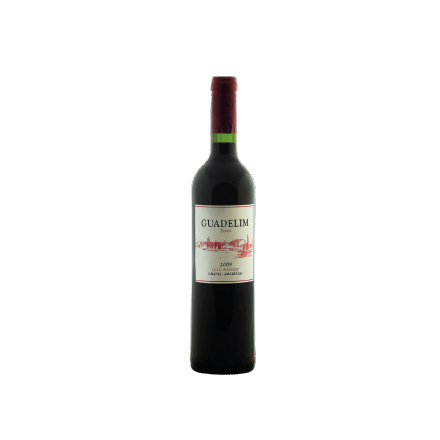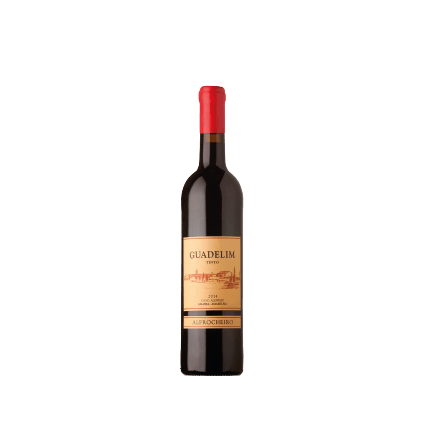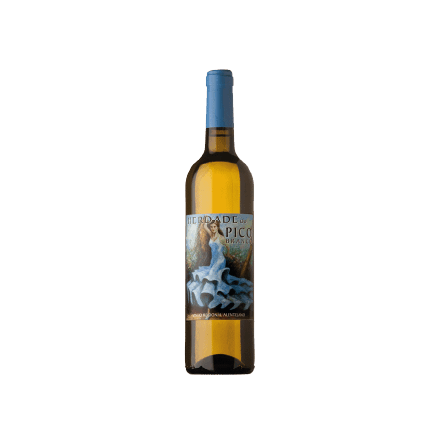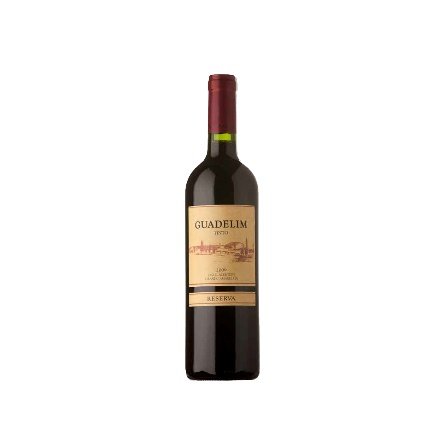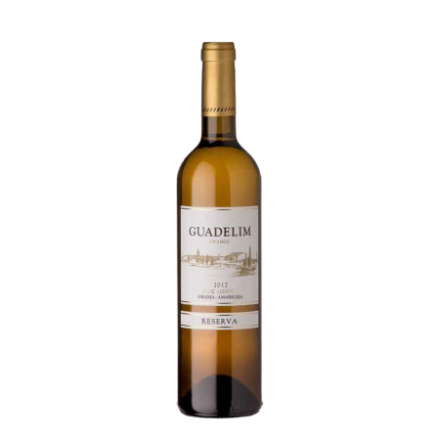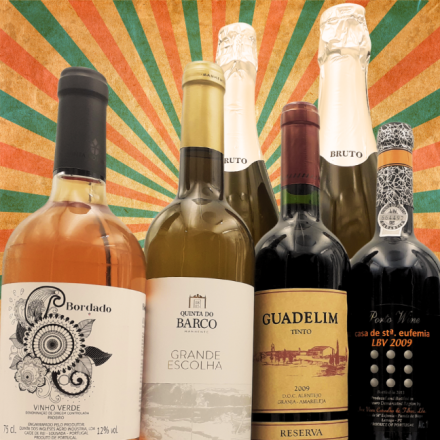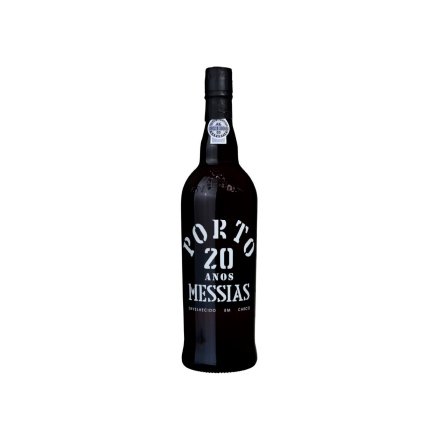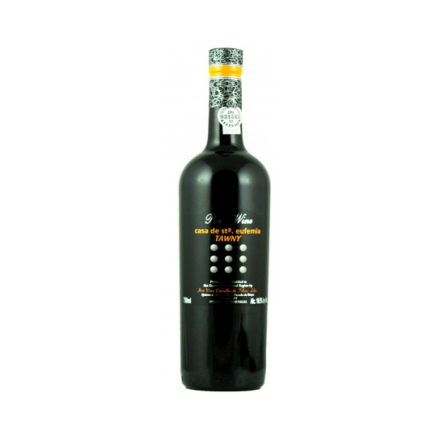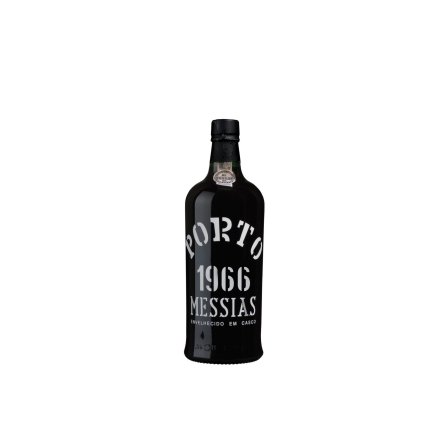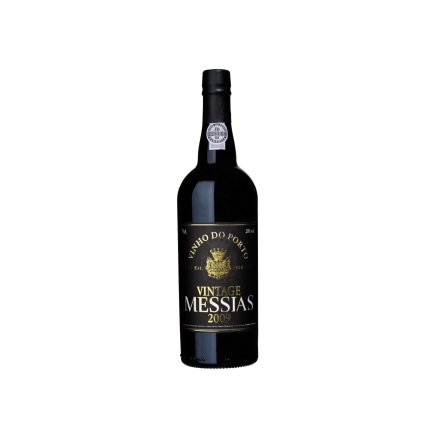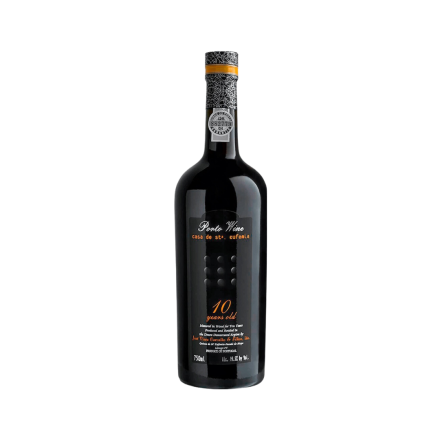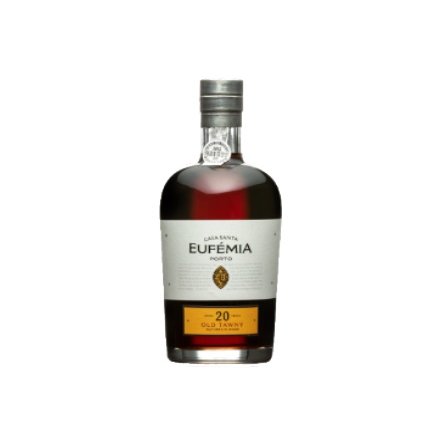ABOUT PORTUGUESE WINE
WINES FROM PORTUGAL HAVE A UNIQUE TASTE AND NATIVE GRAPE VARIETIES WITH DISTINCTIVE AROMAS AND FLAVOURS.
Portugal has a very important ampelographic heritage. There are more than 250 grape varieties! Apart from the "international" varieties often of French origin, such as Pinot Noir, Sauvignon Blanc, Chardonnay, Cabernet Sauvignon, Riesling or Syrah, Portugal has many varieties that do not exist in any other country in the world. When you buy a Portuguese wine you have access to the unique flavours that these "native" varieties give. There are of course single varietal wines (from a single grape variety) but most Portuguese wines are made from several grape varieties, which gives each wine a very characteristic organoleptic profile (from identification to tasting).
The main white grape varieties:
The main white varieties are Alvarinho, Arinto (or Pedernã), Maria Gomes (or Fernão Pires), Encruzado and Antão Vaz.
- Alvarinho, produces mineral and fine wines with aromas of exotic fruits;
- Arinto, nervous, lemony wines;
- Maria Gomes, floral and fruity wines;
- Encruzado, of heady and very fine wine;
- Antão Vaz, a wine with exotic fruit notes such as passion fruit.
The main red grape varieties
The main red varieties are Touriga Nacional, Touriga Franca, Baga, Castelão, Trincadeira (Tinta Amarela) and Tinta Roriz (or Aragonez which is none other than the Spanish Tempranillo).
- Touriga Nacional, produces robust wines with floral aromas;
- Touriga Franca, rich, powerful wines with velvety tannins;
- Baga, structured and long-lasting wines;
- Castelão, wines with red fruit aromas (raspberry) and empyreumatic notes as they age (cedar);
- Trincadeira, give us vibrant colors and fruity aroma;
- Tinta Roriz, produce fruity and elegant wines with red fruit aromas.
Portuguese wines
Vinho Verde, light, fresh and nervous
It is a very original wine, extremely distinctive, which is unlike any other wine in the world (or only from very far away). It is produced in northwest Portugal and exists in red and white. Known since Roman times, Vinho Verde is a low alcoholic wine (generally from 8 to 11°) with a beautiful fruity acidity. It is even sometimes very slightly sparkling.... The most famous Vinho Verde is dry white. With few exceptions, it is a wine that can be enjoyed young (it should be enjoyed within a year of the harvest) and should be served chilled. Most of the grape varieties grown for the production of Vinho Verde wines are indigenous: Arinto, Avesso, Alvarinho, Azal, Trajadura and Loureiro for the whites, Espadeiro, Vinhão and Padeiro for the reds. Among the white varieties of Vinho Verde:
- Alvarinho is the most famous, with its aromas of citrus fruits and flowers as well as its minerality. Unlike most Vinho Verde wines, it can even age a little by developing toasted aromas.
- Loureiro has aromas of green fruits (apple, pear) and aromatic plants (laurel) with a fresh acidity.
The white wines are remarkable with grilled sardines that can be tasted in the country but also with seafood, fish, salads, spicy dishes and cheeses, or as an aperitif. Good reds should have an intense color, a nice nose of red fruit and, despite their tannic character, be very fresh on the palate. Today they are conducted as everywhere in the world but in the local tradition the vines are grown in pérgolas or along the trees, which is a very unusual way to cultivate them.
Portuguese wines Vinho Verde appellation
Douro wines
Under all reservations because each wine region and each wine has its own personality, French wine professionals who taste Douro wines cannot help but think of Bordeaux wines. Their power and very balanced acidity make them, as for good Bordeaux wines, wines that can age and therefore often great wines. The red wines of the Douro have a very intense color, with a purple hue. These are wines that are both structured and fruity, full on the palate with delicate, very elegant tannins. They are a perfect accompaniment to cold meats or grilled meats. The whites are very pleasant, fresh and light in color, aromatic, with a beautiful acidity that supports the fruit. To be enjoyed with grilled fish or dry cheeses. The Douro owes its name to the Douro River, which the Phoenicians had already used 3000 years ago to cultivate vines on its banks... and this terroir is the same as the one that produces Port wines. The vineyard is made up of terraces dug on the hillsides along the Douro River and its tributaries. The soils are poor and arid, mainly schist and, to a lesser extent, granite. These soils are very hard to work and are beneficial for the longevity of the vines and allow the concentration of sugars and the color of the wines thanks to the reflection of the sun on the stones. The climate is rather warm with continental influences, very dry in summer and cold in winter. As a result, the grapes remain small with a thick skin, which results in very low yields for the vine. Given the organisation of the vineyard in terraces, the harvest is manual. Grape varieties used for red wines are Bastardo, Mourisco, Tinta Amarela, Tinta Barroca, Tinta Cão, Tinta Roriz, Touriga Franca and Touriga Nacional. Grape varieties used for white wines are Donzelinho branco, Gouveia, Malvasia fina, Rabigato and Viosinho.
Portuguese wines Douro appellation
Alentejo wines
Thanks to the size of the farms and the investments made in the vineyards and cellars, Alentejo producers are able to deliver very good quality wines at very competitive prices. Although vines cover only 5% of the region's territory (22,000 ha), unlike other wine-growing regions, they are mainly large farms. In recent years, producers have made very large investments in both vineyards and cellars, particularly with the help of the European Union. Vine cultivation methods have been optimized and techniques contributing to improving the quality of wine production have progressed considerably (in particular the control of temperature control during vinification). Alentejo red wines are full-bodied wines, rich in tannins, with aromas dominated by red or black fruits. To be enjoyed with red meats in sauce or grilled. Alentejo white wines are supple, with aromas of flowers, tropical fruits and mineral notes. To accompany fish in sauce, white meats or dry cheeses. Alentejo is the largest Portuguese wine-growing region and covers the centre and south of the country. It is divided into two provinces: Alto Alentejo, whose capital is Évora, a World Heritage City, and Baixo Alentejo, whose capital is Beja. Its climate is Mediterranean, with mild winters and very hot summers, which promote healthy grape ripening. It is a mainly agricultural and sparsely populated region dominated by cereal crops, pastures, cork oak plantations and olive groves. Grape varieties used for red wines are Aragonez, Trincadeira, Syrah, Alicante Bouschet, Cabernet Sauvignon and Arinto, Antão Vaz, Roupeiro for the whites.
Portuguese wines Alentejo appellation
Port wines, magnificent and world-famous
For many connoisseurs,Port wines give the greatest emotions tasting. Their aromas are full and complex. Their mouth is sweet and powerful, fruity, elegant and long lasting. Port is a wine but its vinification is qualified as "fortified" because the fermentation is stopped during the process by adding alcohol. A part of the sugars is thus preserved and this is why Port wine is both rich in alcohol and sweet. The length of the breeding period shapes the type of Port. Tawny Port family (Tawny, Tawny Reserve, Tawny Reserve, Tawny with age indication, Colheita) are appreciated in their youth for their aromas of candy and caramel which then fade with age for aromas of dried fruit then orange peel, bitter or candied orange, candied apricot; spices, nuts, coffee or chocolate. These Ports are ideal for aperitifs, strong cheeses or desserts, especially chocolate... Ruby Ports family (Ruby, Ruby Reserve, Late Bottled Vintage, Vintage) are sought after for their very rich colour and aromas of fruit, red or black forest fruits, blackcurrant, blackberry, cherry, plum, black grape... which concentrate and complexify in the LBV and Vintage with power and elegance. These Ports can be enjoyed as an aperitif or at the table with grilled meat, cheese or dessert... The only region in the world where Port wines are produced is the Douro. Since 1756, the area where the vineyard is located has been delimited. The plots are classified according to a qualitative hierarchy and very precise production standards. Port wine production is based on more than 30 indigenous grape varieties, including Touriga Nacional, Touriga Franca, Tinta Barroca, Tinta Roriz, Tinta Amarela and Tinto Cão.

